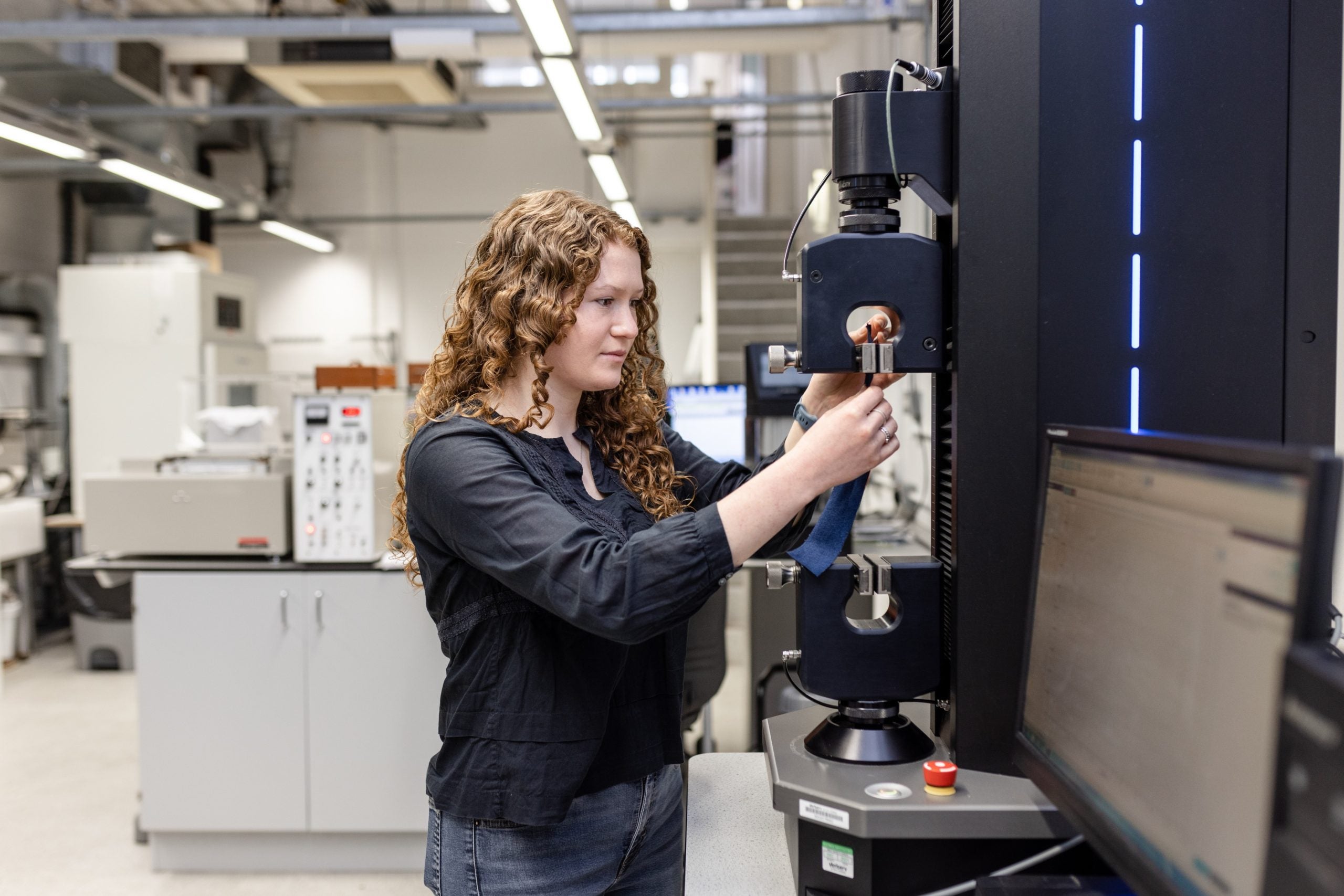
The report, Worn out: Is price an accurate indicator of clothing durability, published by the School of Design at the University of Leeds and commissioned by environmental charity Hubbub and fashion retailer Primark has challenged the perception that paying a higher price for clothes means they will last longer.
The findings are based on the assessment of 65 garments sourced from high street, designer, and online retail brands ranging from £5 ($6.43) to £150 ($193.04) during 2022.
To assess the durability of the items purchased at different of price points, the team at the School of Design, University of Leeds, led by Dr Mark Sumner undertook a series of recognised tests in controlled laboratory conditions.
The aim was to determine the physical durability of three garment types – denim jeans, hoodies and t-shirts across both womenswear and menswear ranges.
Key findings from the clothing durability study
- The retail price of a garment cannot be used as an indicator of good or inferior durability
- The durability of both high and low-priced garments ranged from excellent to very poor across the different garment categories and genders.
- The same care should be given to all garments regardless of price to extend their life as much as possible.
The research aims to raise awareness of the importance of durability and to provide new evidence that will drive improvements in durability across the industry.
The next phase of this project will focus on helping the public to prolong the life of clothes. This will include exploring attitudes towards caring for clothes and identifying how to easily take care of clothes to help them last longer.

US Tariffs are shifting - will you react or anticipate?
Don’t let policy changes catch you off guard. Stay proactive with real-time data and expert analysis.
By GlobalDataHubbub and Primark believe the results will help inform the wider industry on how best to support their customers to make the most of the clothes they own.
Hubbub director and fashion lead Aoife Allen says: “Durability must become central to the debate on sustainability. Durable clothes reduce the need for replacement purchases, increase the chance of a longer second life and offer better value for money – a significant concern in the context of the current cost of living crisis. There is limited discussion amongst retailers about the importance of durability and little hard evidence readily available.
“The fashion industry should be designing clothing to last longer, and we can help to make people aware of the simple steps that they can take to help all their clothes last longer. This research highlights that the same level of care should be given to all garments, regardless of price, to extend their life as much as possible. Our new collaboration with the School of Design at Leeds University and Primark aims to raise awareness of this important issue.”
Hubbub commissioned a Censuswide survey of 3,000 UK adults on attitudes towards clothing care and how they vary according to cost to complement the research,.
The poll revealed 67% of people expect expensive clothes to last longer with many looking after their clothes differently depending on how much they’ve paid. This includes 64% being more likely to hang them up after wearing, 62% will take the time to remove spills and stains, and 54% are willing to carry out repairs on more expensive items.



